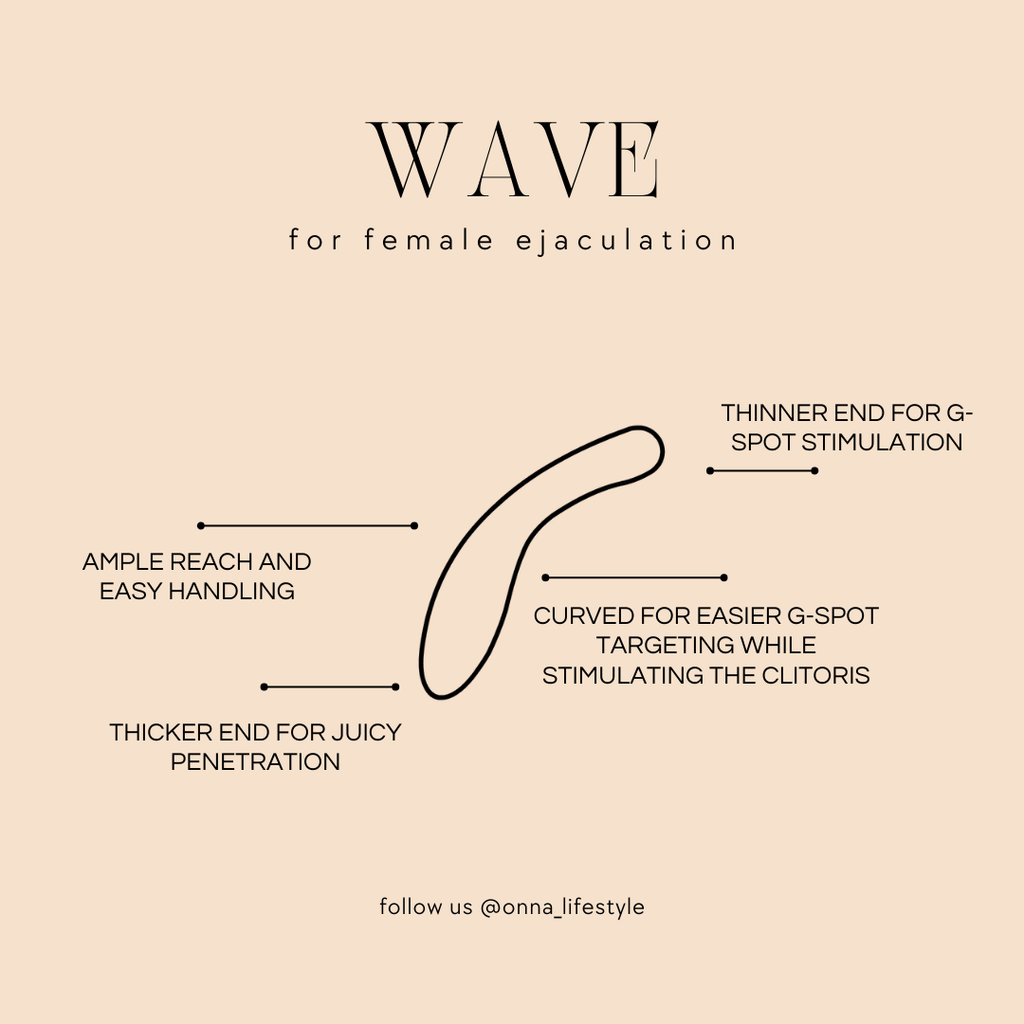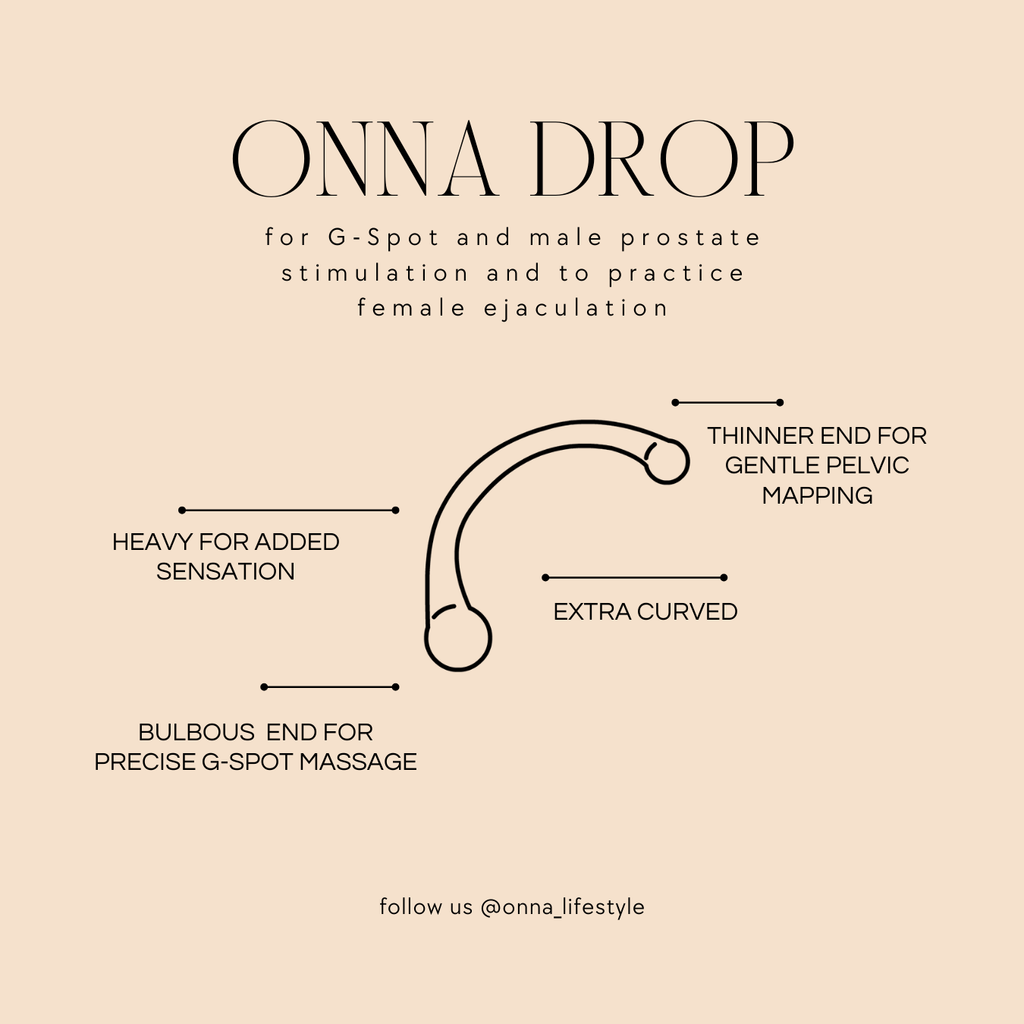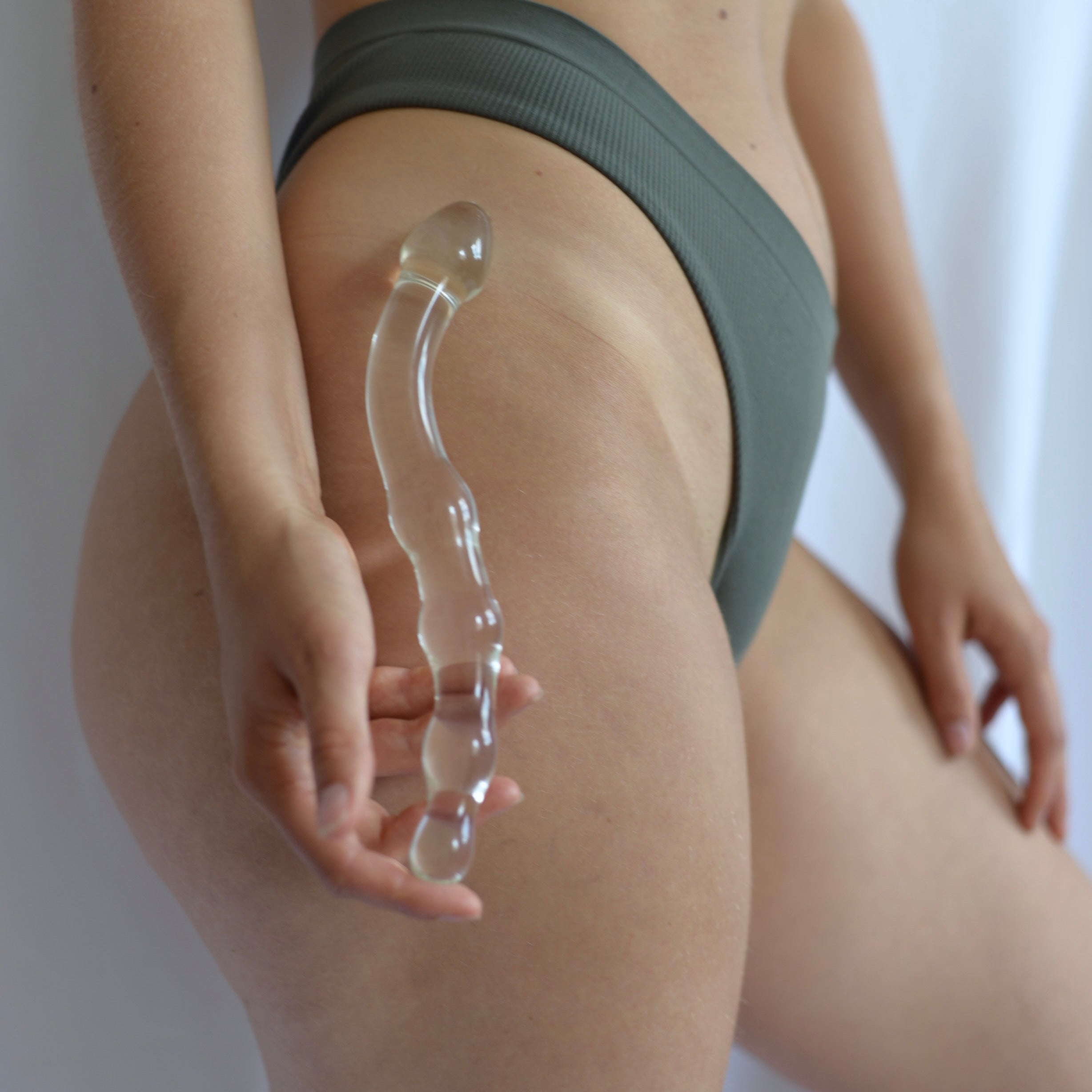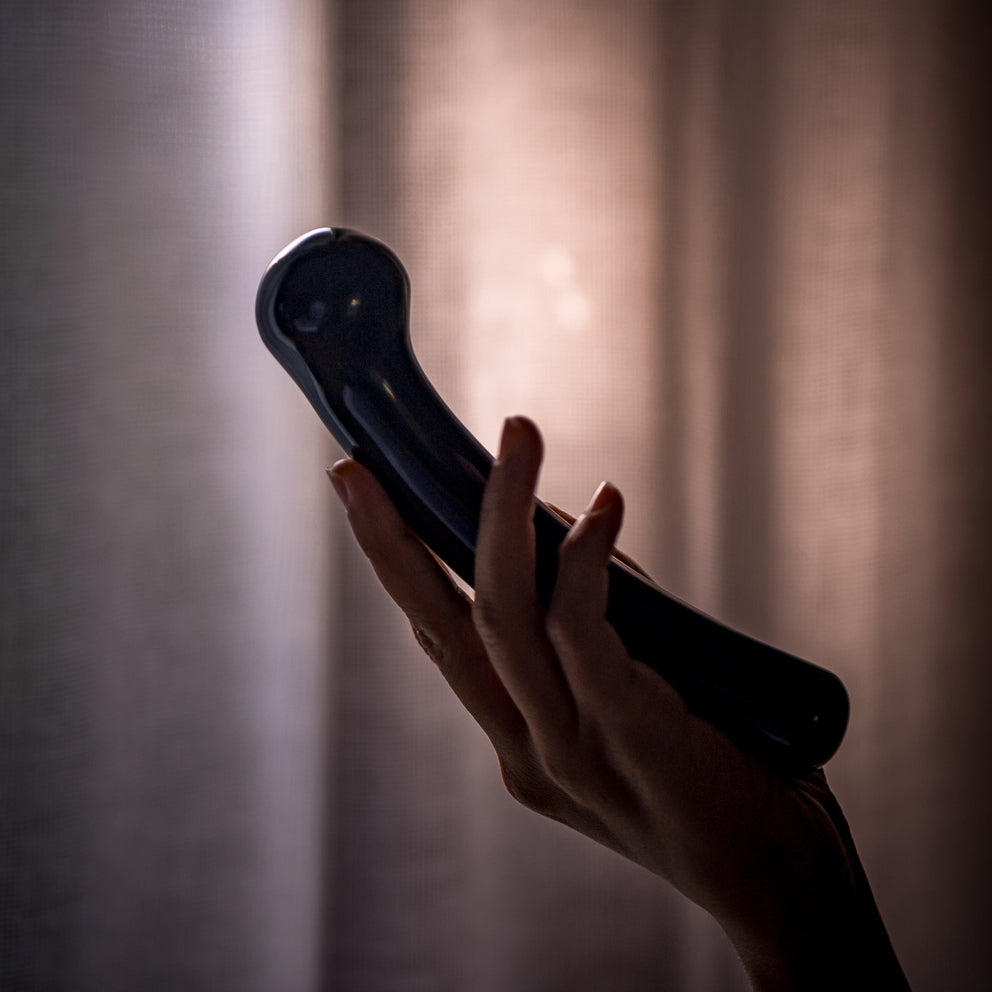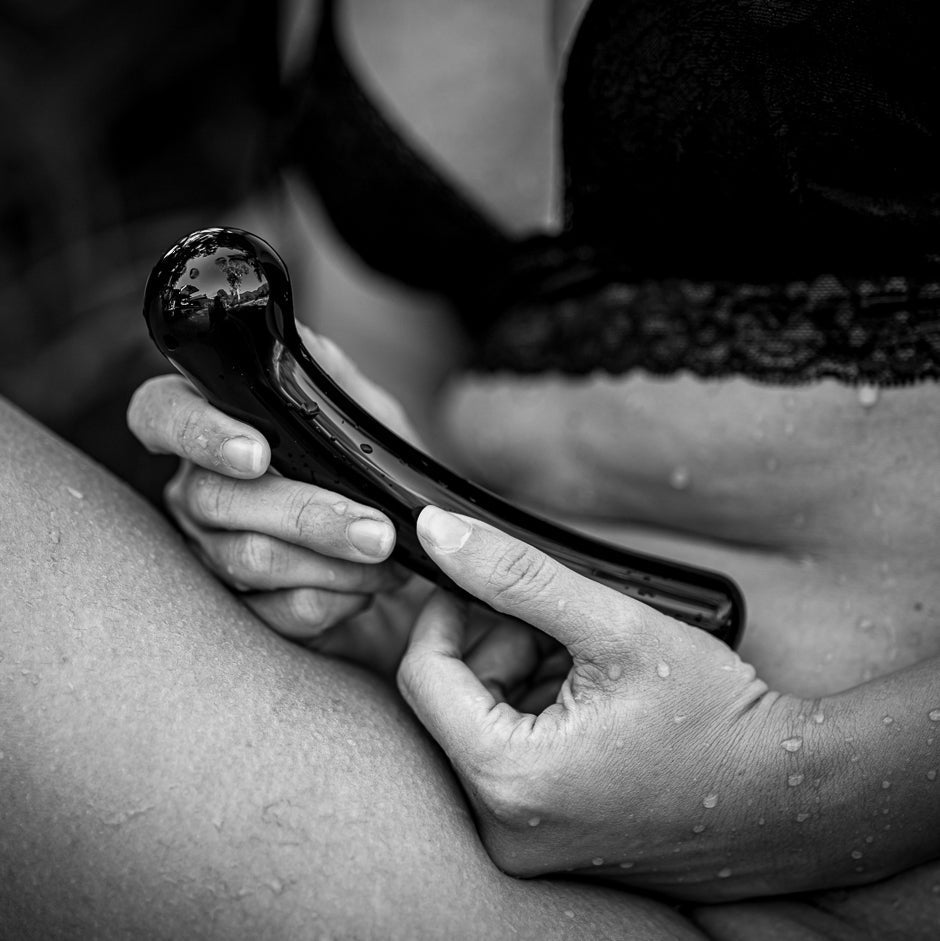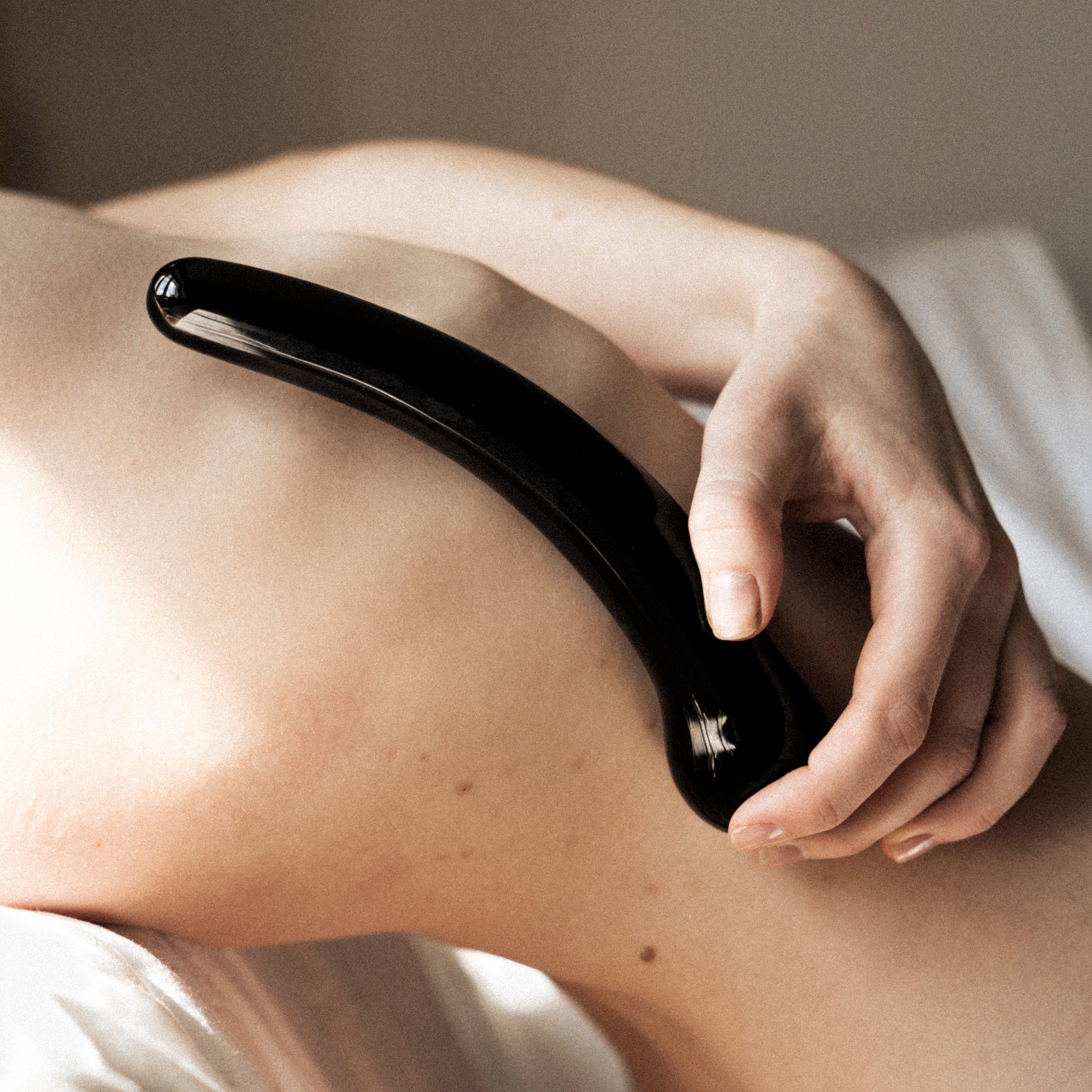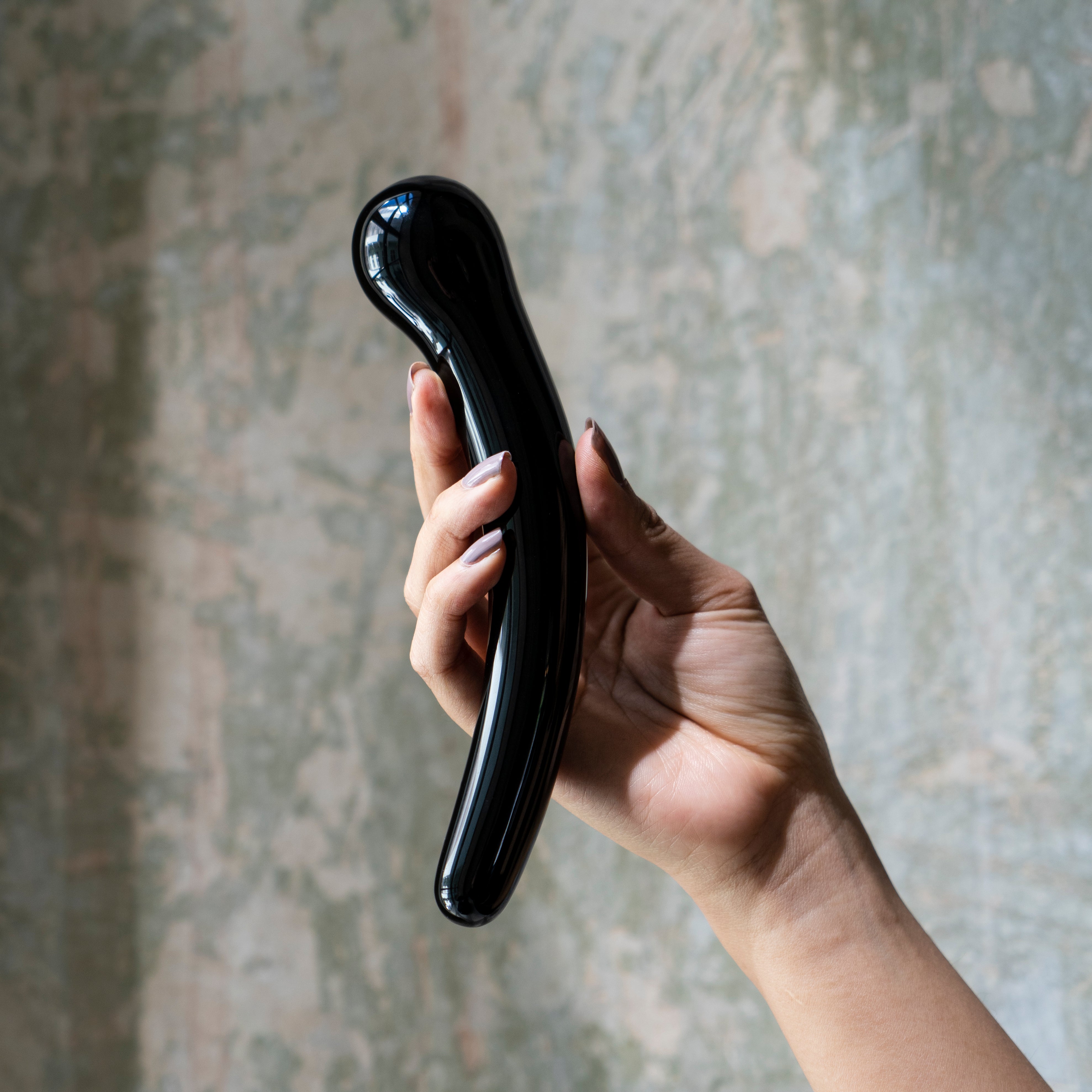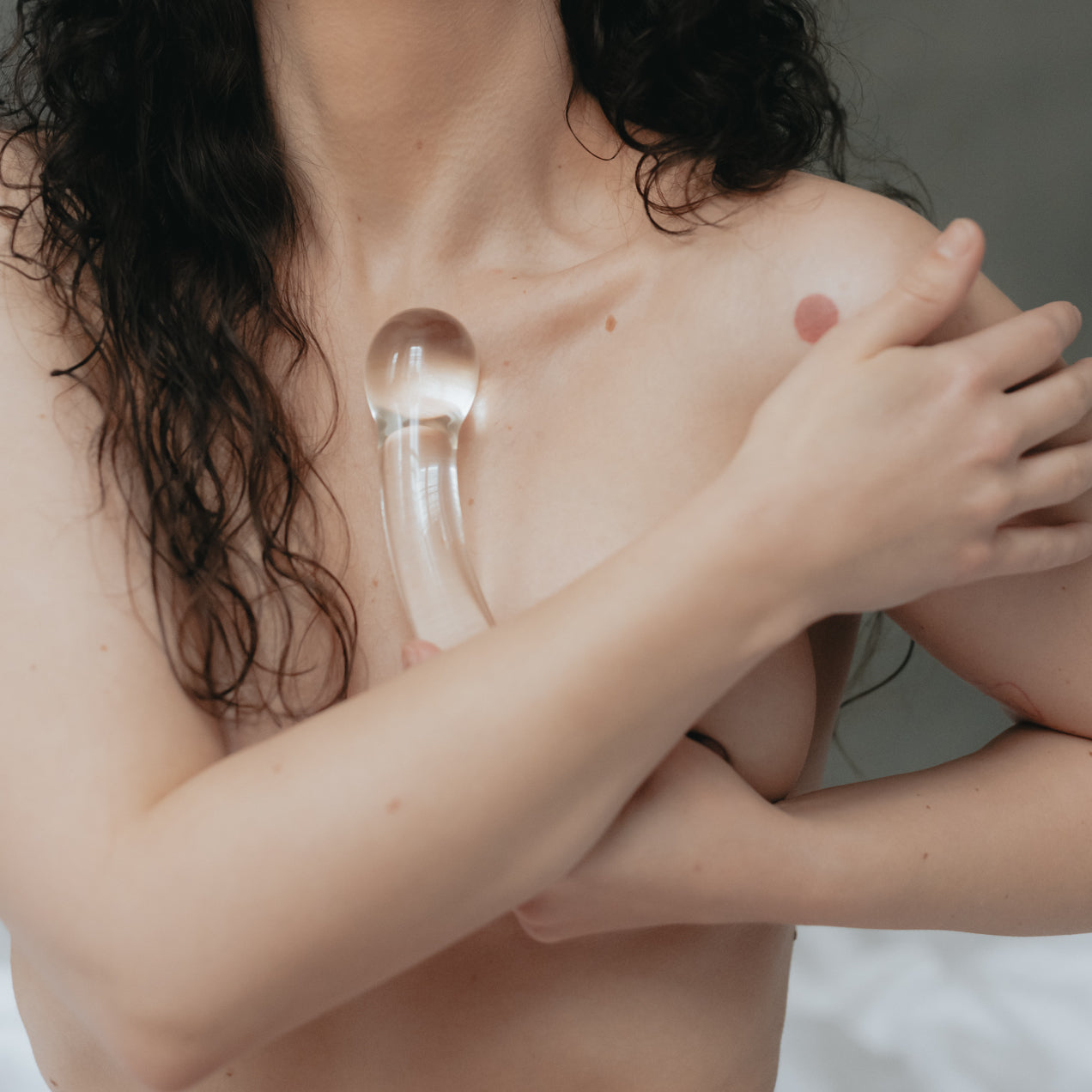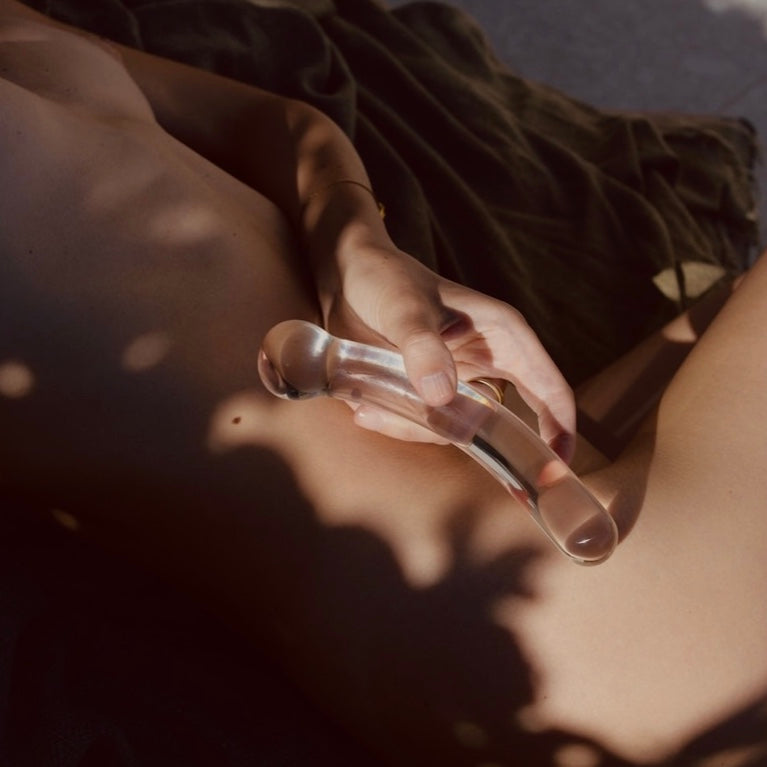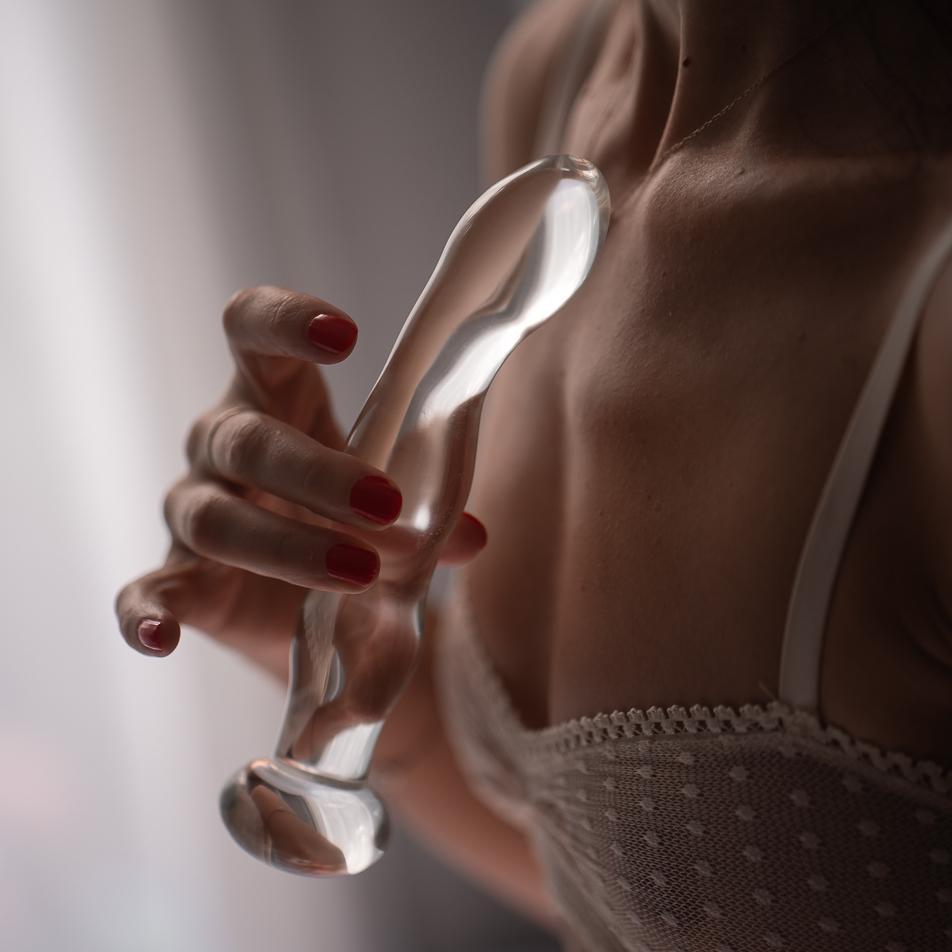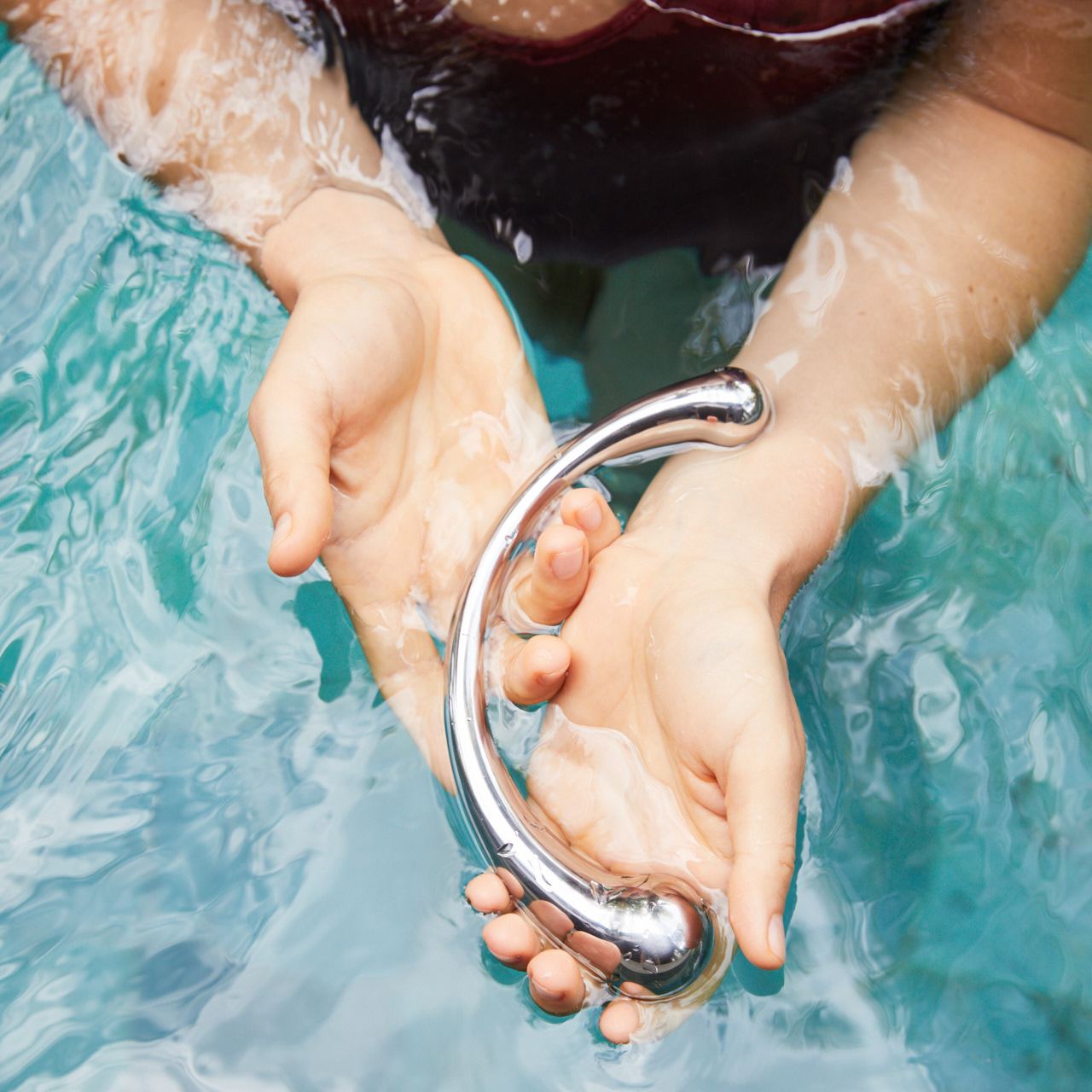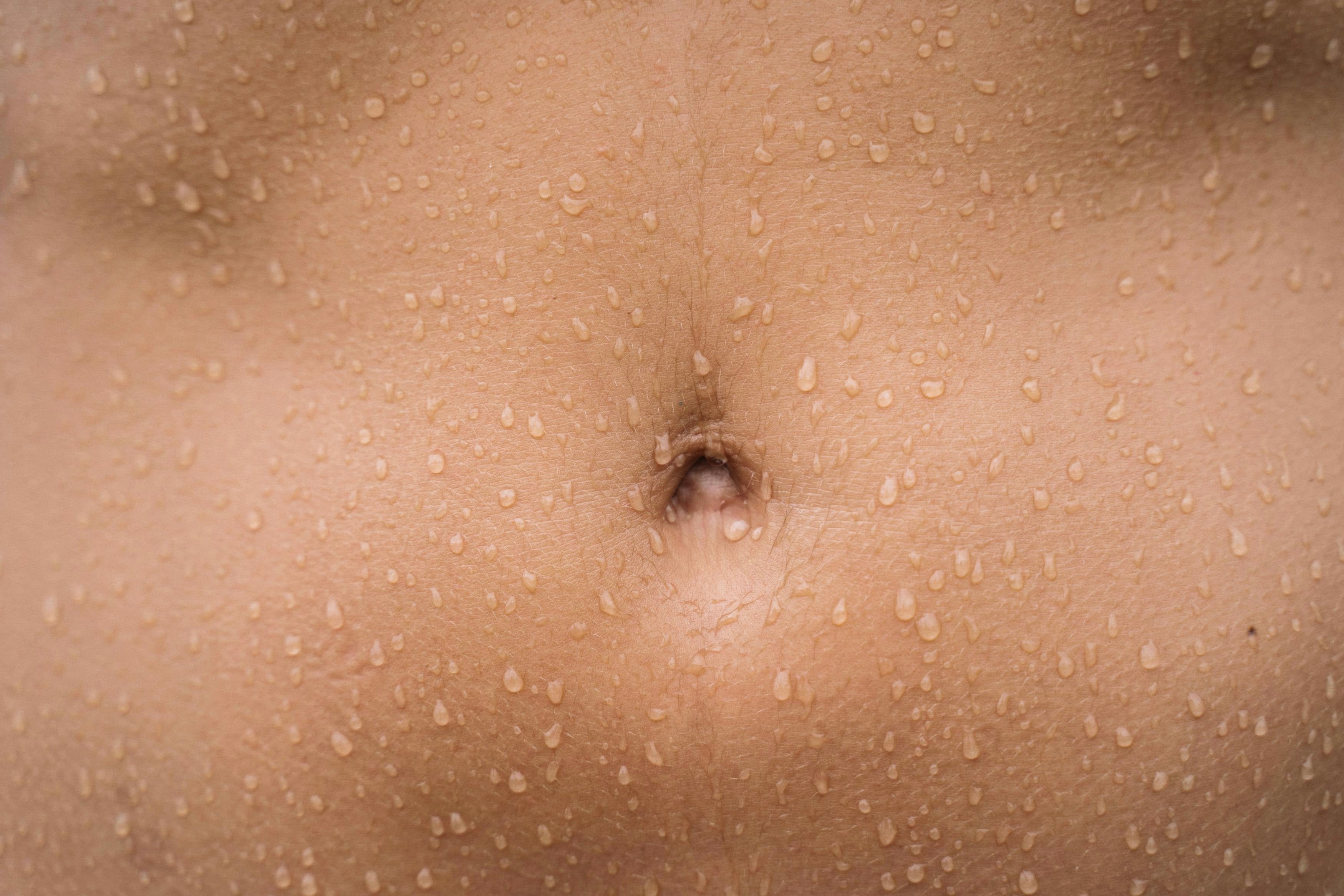
Female Ejaculation vs. Squirting: Are They Really Different? And Does It Even Matter?
We often use both terms interchangeably, and this post is to explain why. From a scientific standpoint, there is (albeit a poorly researched) distinction between "female ejaculation" and "squirting". However, the interchangeable use of these terms may not be of significant concern from the perspective of the individual experiencing or wanting to experience these often overlapping phenomena.
Here's a breakdown of the differences based on scientific research:
Female Ejaculation:
- Female ejaculation refers to the expulsion of fluid from the female prostate gland, also known as the Skene's glands or paraurethral glands. These glands are embedded in the tissue surrounding the urethra. This is also the area that we call the G-spot.
- The fluid released during female ejaculation may resemble the composition of male semen, containing prostatic-specific antigen (PSA) and prostatic acid phosphatase (PAP).
- Female ejaculation is associated with sexual stimulation of the female prostate (the G-spot area), although not all women experience it, and its prevalence and characteristics can vary widely among individuals.
- Research suggests that female ejaculation is a real physiological phenomenon, although its exact purpose and function remain a topic of debate among scientists.
- Squirting, also known as "gushing" or "female ejaculation," refers to the forceful expulsion of a larger volume of fluid during sexual activity, often accompanied by intense orgasmic contractions.
- The fluid expelled during squirting is typically clear and may originate from the bladder, as studies have shown that it can contain trace amounts of urine as well as the female ejaculate. However, the exact composition of the fluid can vary among individuals. These findings support the theory that the female ejaculate when not released directly travels into the bladder and is then released carrying some traces of urine.
- Squirting is often associated with stimulation of the female prostate (G-spot area), and it is more commonly reported in individuals who experience intense sexual arousal and G-spot orgasm.
Here's a simplified version:
Basically, both female ejaculation and squirting start with stimulating the female prostate gland. This stimulation produces female ejaculate, which can either be expelled directly through the urethra (female ejaculation) or absorbed into the bladder.
During female ejaculation, a small amount of fluid is released through the urethra, but it's often hardly noticeable. However, if a woman isn't fully relaxed or aroused enough, or her pelvic floor muscle contractions aren't strong enough, the fluid might end up in the bladder instead of being expelled.
When there's more ongoing stimulation and relaxation, along with some urine mixing in from the bladder, the fluid is then expelled in larger quantities, which is what's known as squirting. This mechanism isn't fully understood, but both fluids contain PSA (prostatic fluid) and urea, suggesting that squirting might just be female ejaculate mixed with bladder contents. We do not know why squirting is more like significantly diluted urine. Some researchers suggest it is possibly related to increased kidney function during arousal, but this hasn't been well-researched yet.
Want to experience squirting/female ejaculation?
Read our step-by-step guide to female ejaculation.
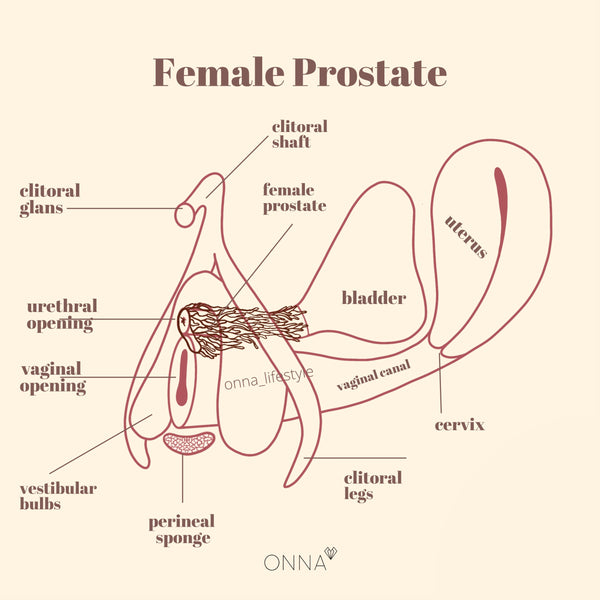
LEARN MORE ABOUT THE FEMALE PROSTATE AND FEMALE PLEASURE ANATOMY
So yes, from a scientific standpoint, the distinction between "female ejaculation" and "squirting" can matter in certain contexts. But here's why the interchangeable use of these terms may not be of significant concern from the perspective of the individual experiencing these phenomena:
- Shared Mechanism: Both phenomena involve arousal and invlve direct or indirect stimulation of the female prostate gland (Skene's glands) and the release of fluid. This suggests a common underlying physiological mechanism. The fluid expelled during both processes may contain similar components, such as prostatic-specific antigen (PSA) and prostatic acid phosphatase (PAP), suggesting a shared origin.
- Individual Variation: There is considerable variability in the experience of female ejaculation and squirting among individuals. Some women may experience one or both phenomena, while others may not experience either. The fluid expelled and the sensations felt can vary widely among individuals, which further complicates efforts to define clear distinctions between the two.
- Fluid Composition: While some research suggests that the fluid expelled during squirting may originate from the bladder and contain trace amounts of urine, studies have also found similarities in the composition of this fluid to female ejaculate. This suggests that there may be an overlap between the two phenomena, and the distinction between them may not always be clear-cut.
- Subjective Experience: From the perspective of the individual experiencing these phenomena, the distinction between female ejaculation and squirting may not be meaningful. Both processes can be associated with intense sexual arousal, pleasure and release, and the subjective experience of pleasure and satisfaction is what matters most to those involved.
- Research Continues: Scientific understanding of female sexual physiology, including the mechanisms underlying female ejaculation and squirting, is still evolving. Ongoing research may lead to a better understanding of the distinctions between these phenomena and their physiological underpinnings. However, until more definitive evidence emerges, it may be reasonable to consider them as overlapping or related processes.
In conclusion, while there may be differences between female ejaculation and squirting from a scientific perspective, the interchangeable use of these terms in everyday language may not necessarily undermine the understanding or appreciation of these phenomena. What matters most is recognizing and respecting individual experiences of pleasure and sexual expression.


